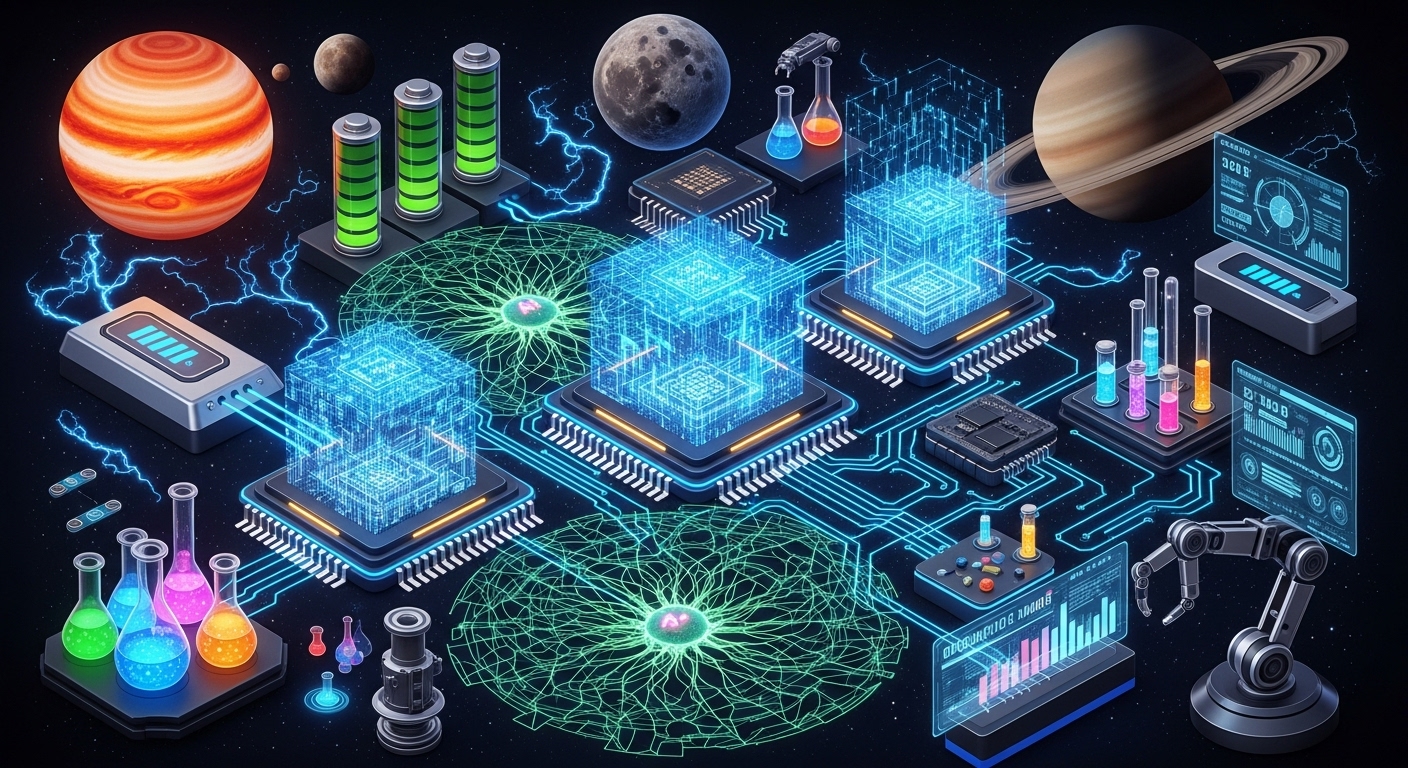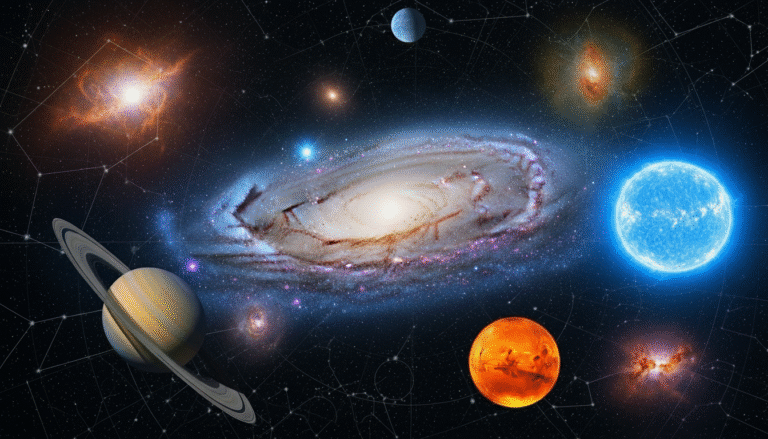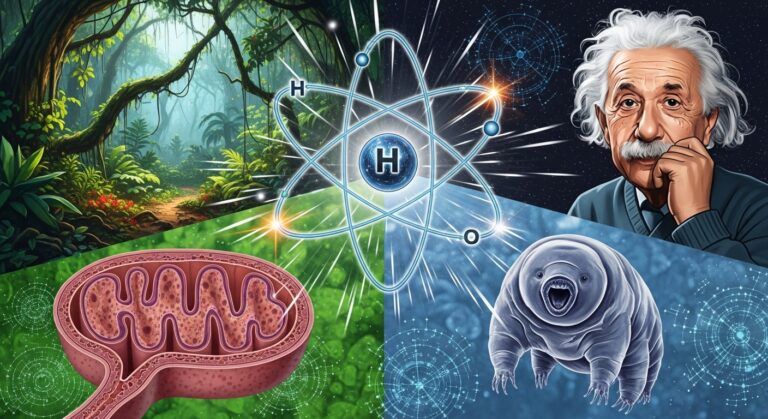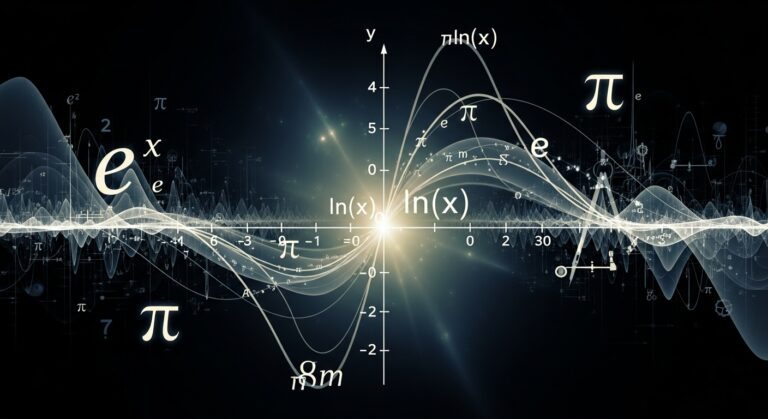Technology and Science Quiz: Test Your Knowledge of Innovation and Discovery
Technology and science have always been interconnected. Science seeks to understand the natural world, while technology uses that understanding to create tools, machines, and systems that transform how we live. This technology and science quiz allows you to explore breakthroughs across physics, biology, engineering, computing, and communication.
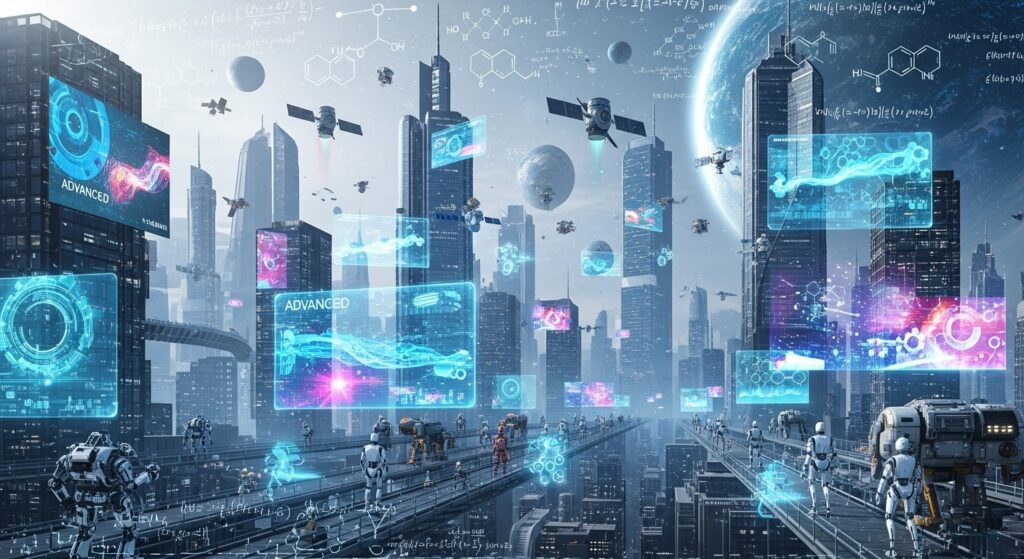
From the invention of electricity to the rise of artificial intelligence, the partnership between science and technology continues to accelerate innovation at an unprecedented pace.
The CPU: The Brain of Modern Computers
The CPU, or Central Processing Unit, is often described as the brain of the computer. It performs calculations, executes programs, and manages data flows. Inside the CPU are millions or even billions of transistors working together to process instructions in nanoseconds. Every search, click, and application you run relies on the CPU’s ability to perform mathematical operations.
A clear explanation of how CPUs work can be found at:
https://computer.howstuffworks.com/microprocessor.htm
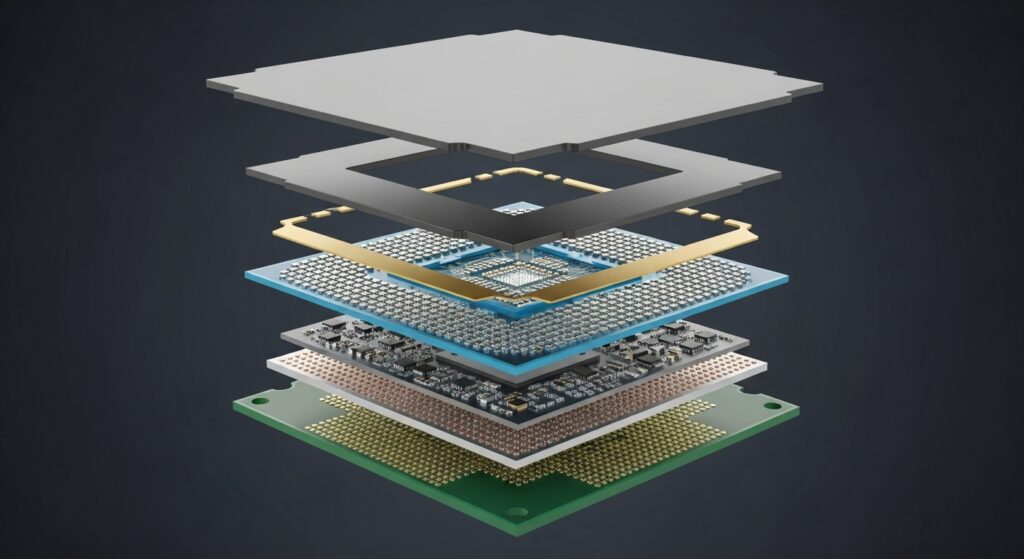
Charles Darwin and the Science of Evolution
Science isn’t just about computers and machines — biology is also a vital part of technological progress. One question references Charles Darwin, whose theory of evolution revolutionized biology. Darwin proposed natural selection, the idea that organisms that are better adapted to their environments tend to survive and reproduce. This foundational concept influences genetics, medicine, ecology, and even artificial intelligence, where algorithms “evolve” over time.
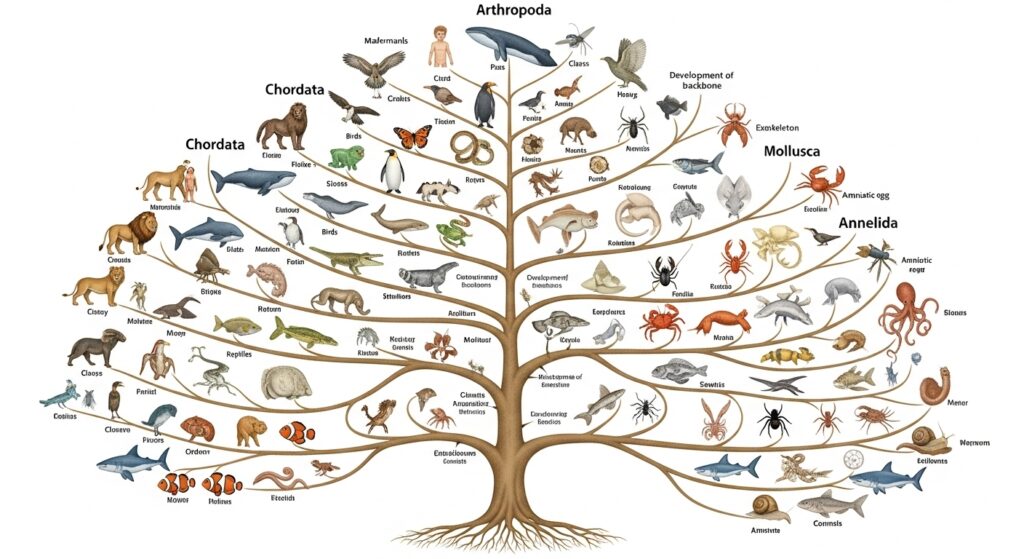
Energy in a Battery: Chemical Power at Work
Batteries store chemical energy and convert it into electrical energy. Inside a battery, chemical reactions release electrons, creating an electric current. Batteries power phones, cars, satellites, and even medical implants. The science behind batteries involves electrochemistry, materials science, and energy transfer.
More on how batteries work:
https://www.scientificamerican.com/article/how-do-batteries-work
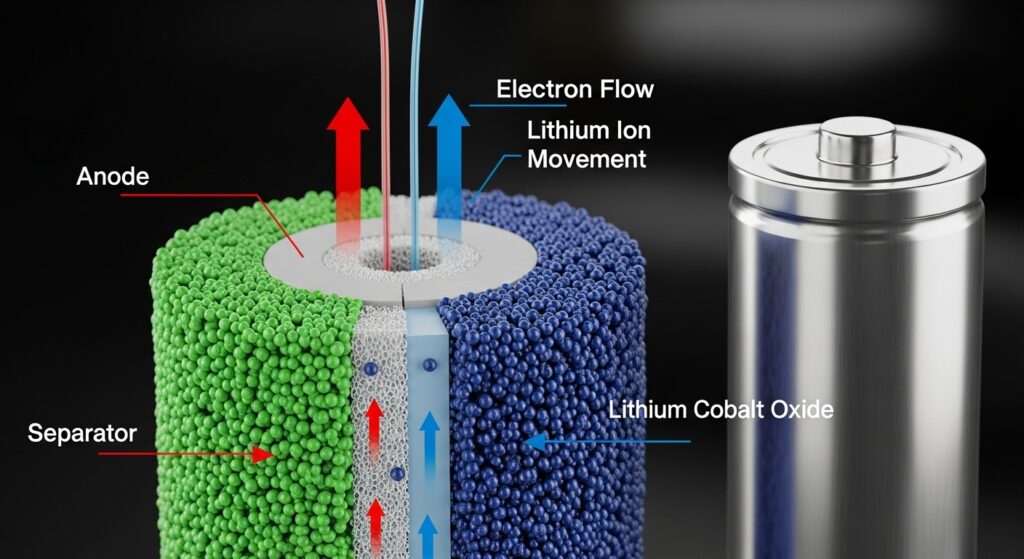
HTML: Building the Structure of the Web
HTML (HyperText Markup Language) is the foundation of the web. It structures text, images, buttons, links, and sections on a webpage. Even though programming languages like JavaScript and Python enhance websites, HTML remains the fundamental building block. Understanding HTML is essential for web developers, digital designers, and anyone working in online technology.
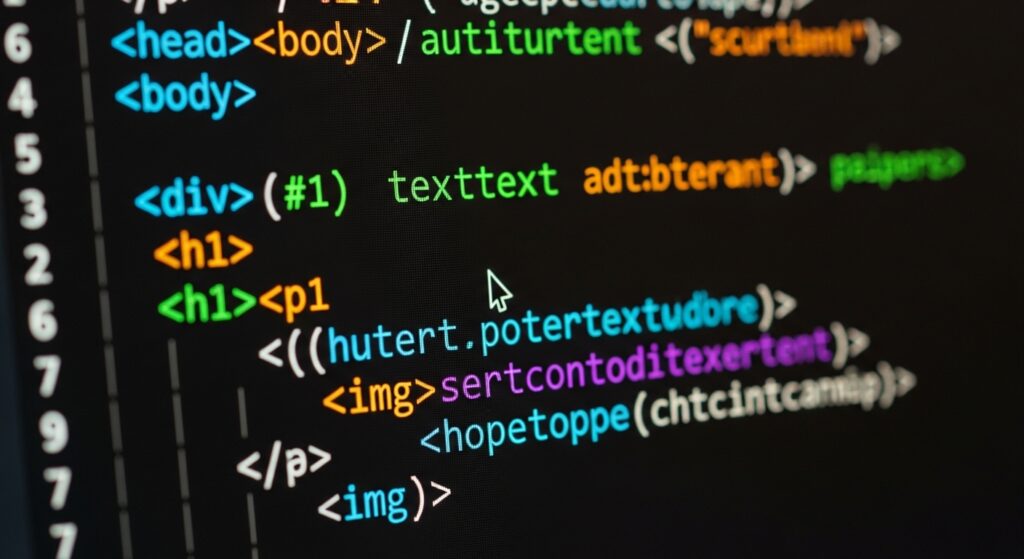
Radio Waves and Wireless Communication
Wi-Fi relies on radio waves to transmit data wirelessly. These waves can travel through walls, carrying encoded digital signals between devices. Wireless communication is essential for smartphones, laptops, smart home devices, and even airplanes. Radio waves belong to the electromagnetic spectrum, which also includes microwaves, visible light, and X-rays.
Learn more about wireless technology:
https://www.britannica.com/technology/radio
Jupiter: The King of Moons
Technology and astronomy go hand in hand. Telescopes and space probes allow scientists to study planets, moons, and galaxies. Jupiter holds the record for the most known moons — over 90. Some, like Europa and Ganymede, may even contain subsurface oceans, making them exciting targets for future exploration.
The Internet of Things: A Connected World
The “T” in IoT stands for “Things,” and refers to everyday objects connected to the internet. Smart refrigerators, watches, thermostats, cars, and even farm sensors transmit data and automate tasks. IoT is transforming homes, hospitals, industries, and entire cities by making systems more efficient through data-driven decisions.
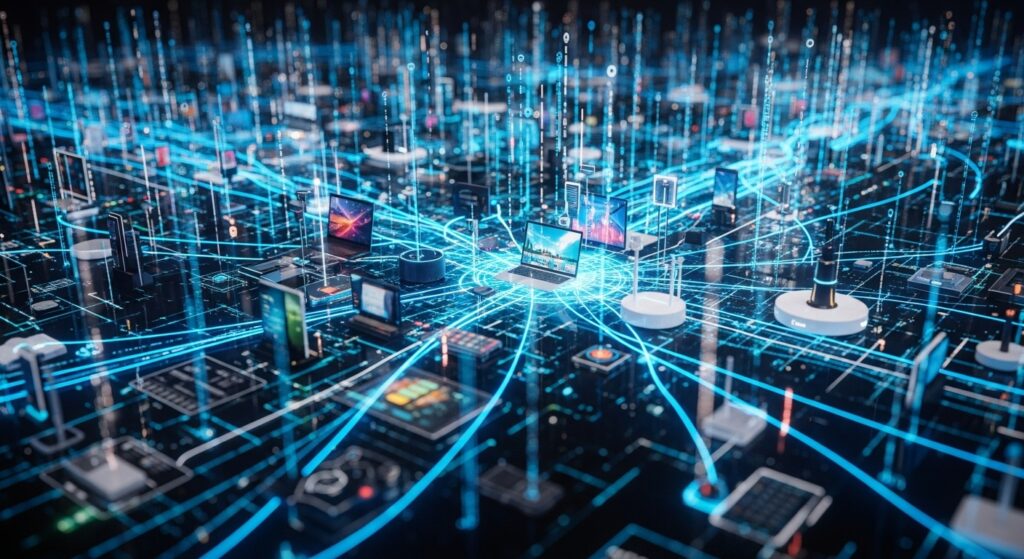
Nikola Tesla and the AC Power Revolution
Nikola Tesla invented the alternating current (AC) system, which powers most homes and cities today. AC electricity travels long distances efficiently, enabling electrification on a massive scale. Tesla’s inventions laid the foundation for motors, power grids, and wireless technologies.
Machine Learning: Teaching Computers to Learn
Machine learning is a field of artificial intelligence that enables computers to learn patterns from data. Instead of being explicitly programmed, algorithms improve as they analyze more information. This technology powers voice assistants, face recognition, recommendation systems, fraud detection, and scientific simulations.
More on machine learning basics:
https://www.ibm.com/topics/machine-learning
Cells: The Building Blocks of Life
Technology and biology often intersect. Research in genetics, medicine, and biotechnology all relies on understanding the cell, the smallest unit of life. Every organism — from bacteria to humans — is made of cells. Technologies like microscopes, DNA sequencing machines, and medical imaging devices deepen our understanding of cellular processes.
Conclusion
Science and technology shape daily life in countless ways. Understanding computers, energy, biology, communication, and artificial intelligence empowers learners to appreciate modern innovations. This technology and science quiz highlights how discoveries in physics, chemistry, engineering, and biology merge to create the tools and systems we rely on every day. The more we explore, the more we understand how scientific knowledge fuels technological progress — and how technology allows us to investigate the mysteries of science more deeply than ever before.

